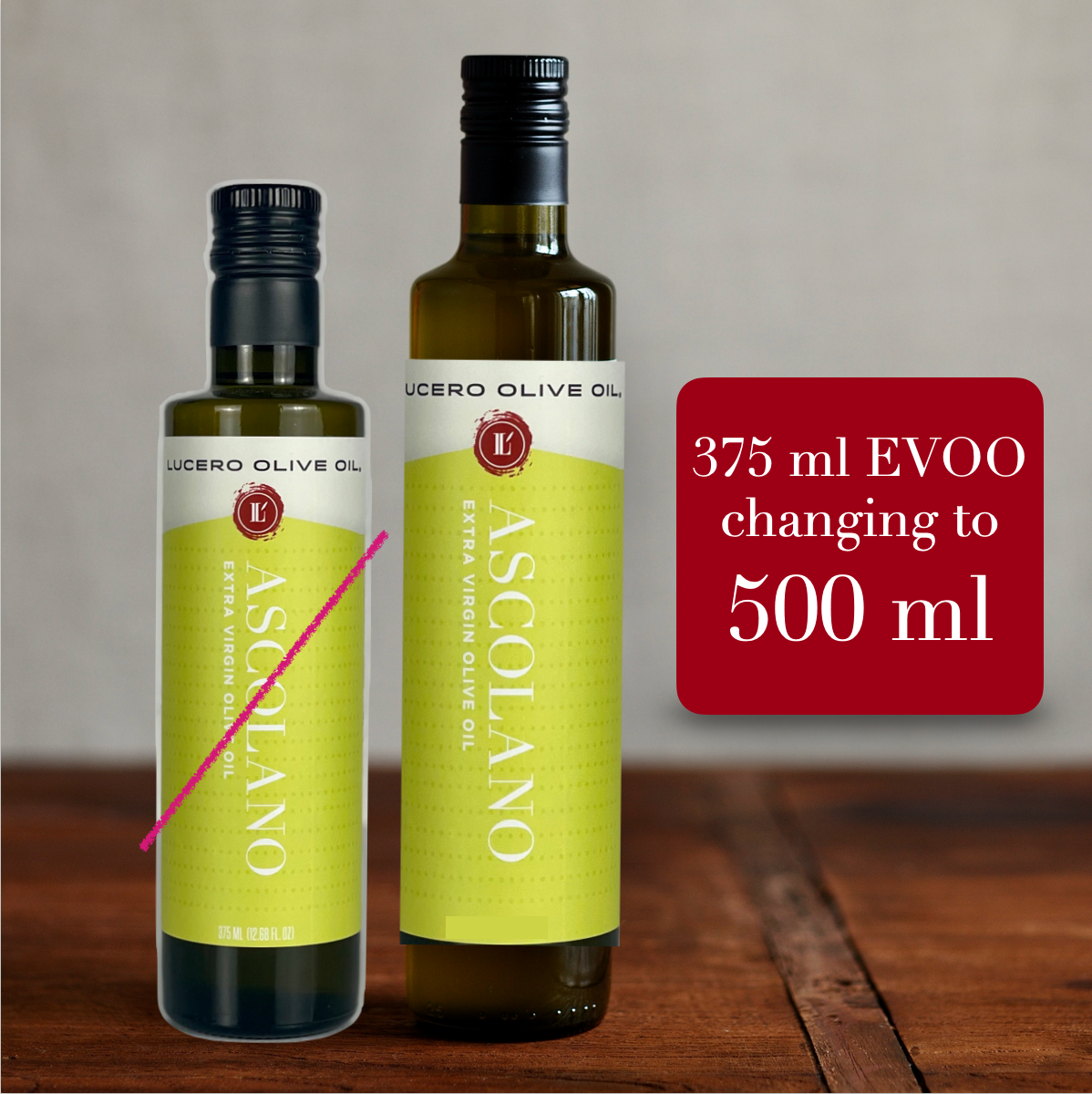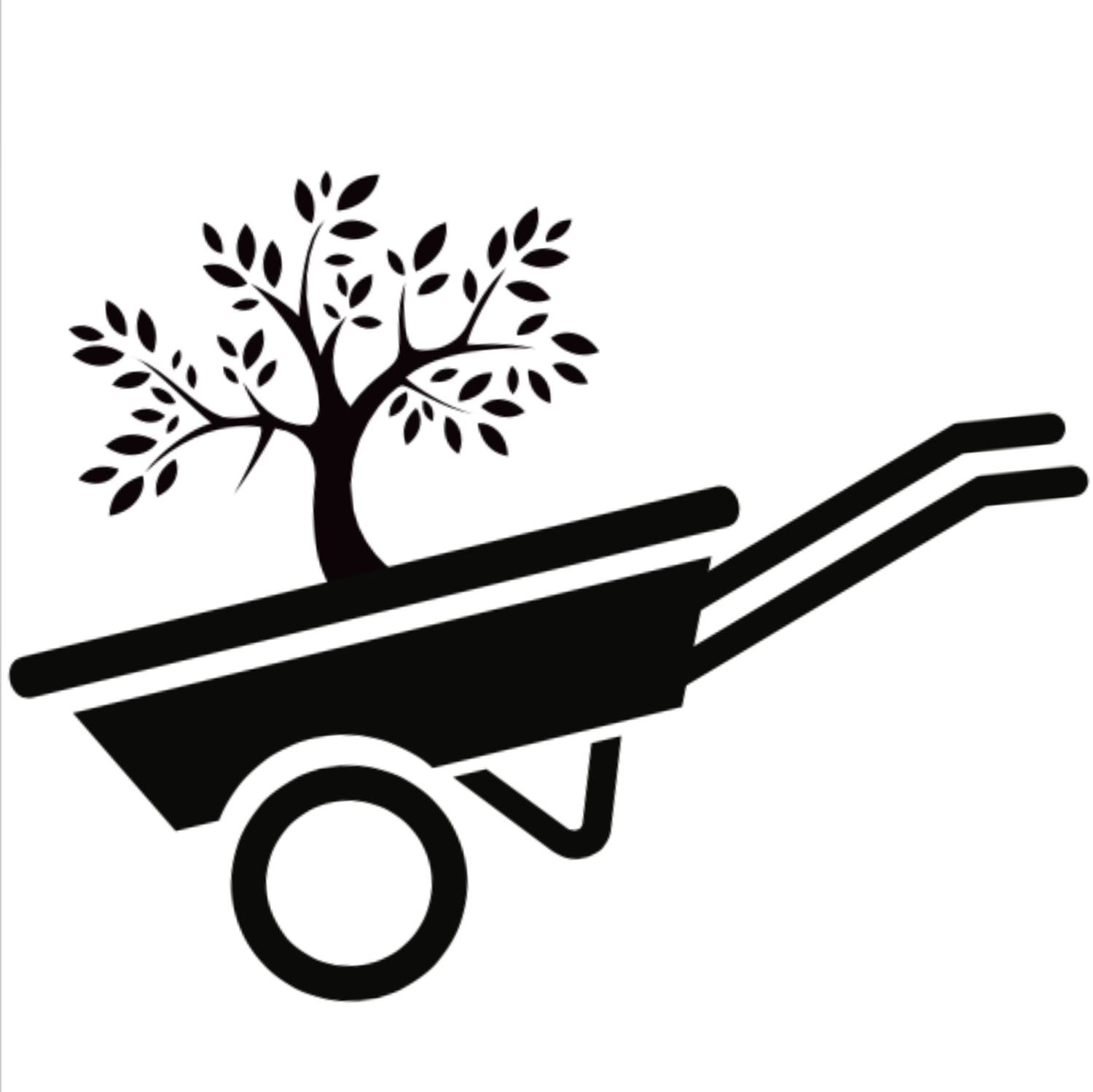
Global Olive Crop Forecast for the 2023 Campaign
The news you've read over the past few weeks is true, there is a serious global shortage of olive oil based on a number of factors. Although it is affecting our friends and colleagues in Europe and North Africa more deeply, we have been affected in California as well.
Here is a summary of some of what crosses my desk about oil availability.
Nota Bene: All statistics cited here are preliminary because the 2023 campaign is ongoing in most regions and/or official numbers are not yet available. This report is broad and general; each region has reported exceptions to these overall results. Regardless of output, grade standards are still in place, and both the North American Olive Oil Association (import trade group) and the Olive Oil Commission of California (a regulatory body) are emphatic that additional rigor will be applied to testing protocols to discourage fraud and boost US consumer confidence.
Mediterranean Outlook
Yes. It will be a tight year in terms of global olive oil supply. The Mediterranean region supplies 95% of olive oil produced worldwide, and they've experienced a number of poor crops in recent years.
Whether drought, flood, fire, or pestilence, we are seeing near daily updates from friends and colleagues facing unprecedented challenges--challenges that have come upon us all with increasing frequency over the past decade.
Spain
The ongoing drought in Spain, the world's top olive growing region by far, has suffered so many harvests below historic averages over the past decade that "reservoir status" is down 15% versus their 10 year average. What this means is there is no carryover stock from last year to help meet the current demand. The most recent statistic I saw from last November indicated a Spanish forecast of 750,000 metric tons versus their country's average of 1.3 million MT, so that puts the reserve into further jeopardy. Since that mid-harvest report several Spanish trade groups have asked the administration to lower forecasts even further because the crop which would normally be harvested January/February is offering oil yields per metric ton (MT) so low that the cost to harvest is higher than the value of the oil. "The juice is not worth the squeeze".
Italy
Italy is the country most folks think of first when considering olive oil, however, Italian production is typically about ⅓ of the size of Spain's output, and Italy trades off with Greece as the 2nd largest producer in the world. The ongoing Xylella fastidiosa crisis in southern Italy which has killed over 1 million trees over the past ten years gets the most press, however, there have been challenges in other provinces, too. Summer and Winter 2022 were very dry, and then during the bloom in May 2023 windy and rainy weather interfered with fruit set, yielding lower tonnage. If that was not bad enough, hot weather later in the year reduced oil yields from that reduced tonnage. Olives are mostly water, and on a good year can return a farmer 30% oil, but reports of 15% to 20% were not uncommon. The overall forecast for the country is reported to be down 33% versus last year, with some regions reporting even greater impacts.
Greece
Greece produces roughly the same tonnage as Italy, and a widely reported 17 day megafire in northwestern Greece September 2023 destroyed over 120,000 of the country's 140 million trees, capturing all of our attention regarding one of the most extreme and, sadly, permanent impact of the climate crisis. As is happening elsewhere in the Med region, producers there are experiencing extreme heatwaves and/or even just warmer than normal temperatures for optimal growing. Whether heat and wind destroying blooms before fruit can set, or drought preventing trees from holding onto fruit, or heat preventing the trees from producing much oil from the olives that remain, the end result is the same: low or no oil. A good year for the Greek industry is considered 300,000 tons, but the forecast in December was 180,000 tons. IFFCO reported this week that "it looks like it will be difficult to reach even 150,000 tons" this campaign.
Other Areas
Turkey decided early in the campaign to suspend exports, and now Morocco is cutting their forecast and following suit. Tunisia is a major producer globally, feeding significant supply to Spanish and Italian brands, however, has also experienced lower than forecasted olive fruit tonnage and lower than forecast olive oil yields from that tonnage, down 37% vs their 10 year average. As a result, the Tunisian government introduced a new export tax this month. Sadly, even welcome rain can be devastating if the timing is bad. Croatia reported significant rain in the summer followed by excessive heat, which caused a surge in olive fly infestation.
California
Although our circumstances in California are not as dire as the Mediterranean on a relative basis we are having a tough time versus our plans and expectations in the Golden State.
Both 2022 and 2023 crop years were lighter than we'd hoped across the board. The 2022 campaign was effected by a warm January, which woke the trees too early, followed by an inclement Spring, destroying the bloom for many producers. That put a lot of pressure on everyone and gave us very little carryover stock for 2023 sales.
Being an alternate bearing crop, the 2023 olive campaign should have been a bumper crop, however, a cold spring meant a very late bloom, and some orchards lost blossoms due to freak hail. We knew as early as May that a late bloom would cause a late harvest, and although some in the south were able to time their harvests to their typical schedule, many farmers appear to have harvested between 2 and 6 weeks later than average. Some of those who had to wait for the fruit to be ready lost quantity due to frost damage.
The Olive Oil Commission of California and other organizations continue to explore ways to reduce or mitigate the various issues which plague us, but in the meantime the crop some refer to as "liquid gold" has become just that more precious in an environment of constrained supply.
_____________
Sources: Mercacei, Olive Oil Times, IFFCO, PoolRed, International Olive Council





